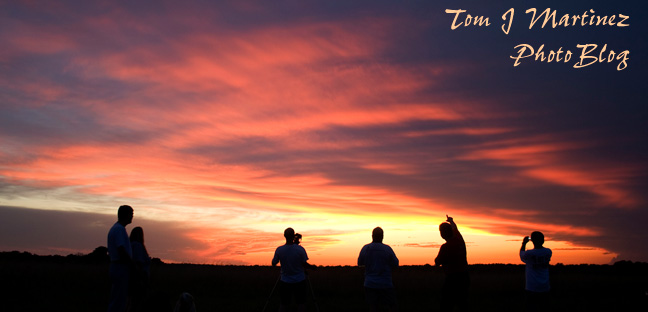Click on image for a larger view
Every time I look at the famous Horsehead Nebula it brings to mind a giant, cosmic chess game. Only this chess piece is 1600 light years away. Probably the most famous "Dark Nebula" in the heavens, it was first recorded on a photographic plate in 1888. Dark areas such as this were thought to be holes, or clearings, in space where we could see deeper, or just areas devoid of stars. Edward E. Barnard photographed and cataloged 370 of these objects, then showed that they were actually clouds of gas and dust that blocked the more distant stars in the background. The Horsehead is designated as "B33" in his catalog.
We see it as a towering, dense cloud in front of the red emission nebula (IC434) glowing behind it. This strip of glowing hydrogen marks the edge of a huge dust cloud which extends below the Horsehead.
Below and slightly left of the Horsehead is a "reflection nebula" known as NGC2023. At the bottom edge of the image is another one called IC435.
The brightest star on the left of the image is Alnitak, the eastern most star in Orion's belt. At 850 light years, it is half the distance to the Horsehead.
Directly below Alnitak, also about 800 light years away, is the huge emission nebula known as the Flame Nebula. It is only one million years old, which, in cosmic terms is rather young. More than half of the stars in the nebula have accretion disks. Such disks of matter may be sites of planet formation and could eventually form into solar systems like ours.
Click on image for a larger view
The closeup image above clearly shows how the Horsehead stands in front of the glowing background. Embryonic stars are forming inside the brighter areas of the horses neck. Many, many generations into the future, the whole area will have collapsed into many clusters of stars. Which shows that even large pieces can be captured in this cosmic chess game of the sky.

















